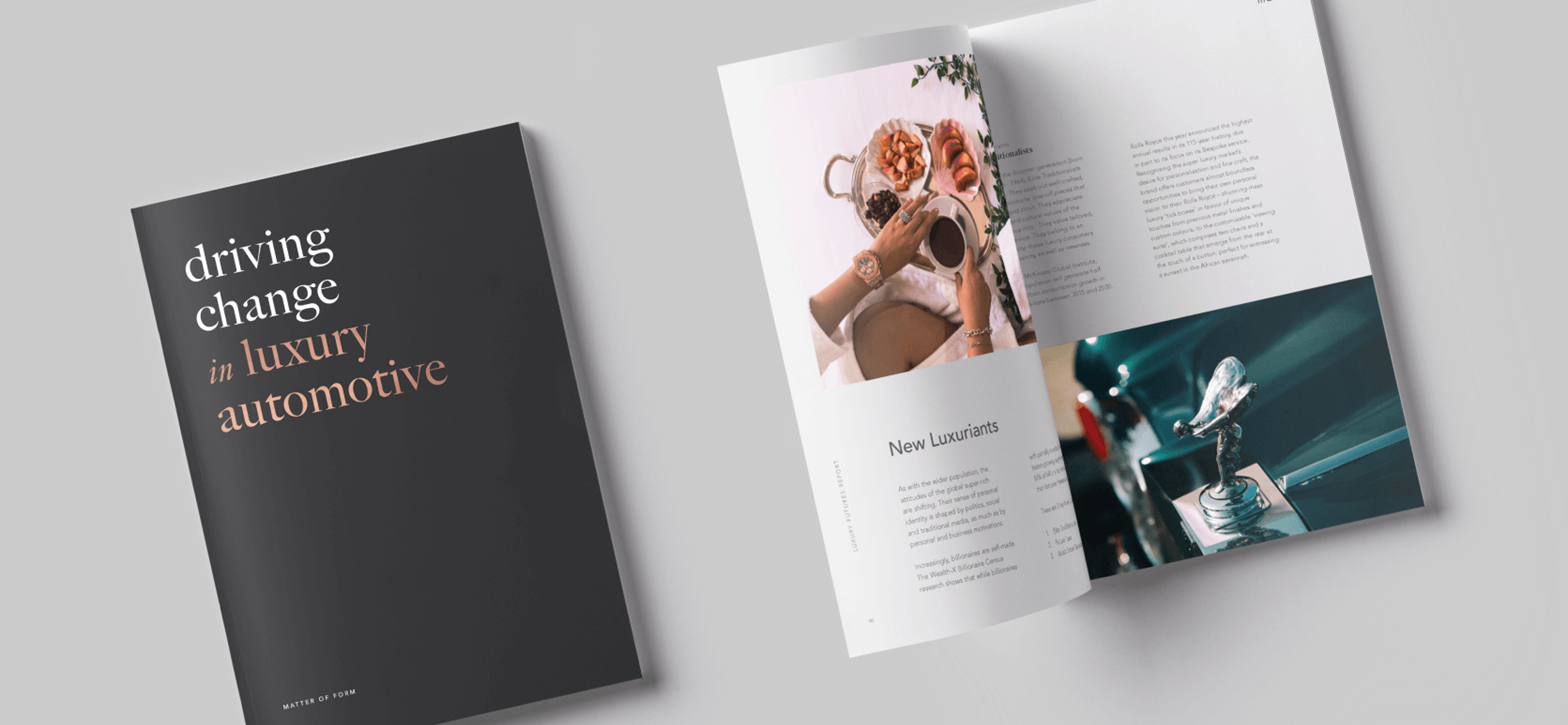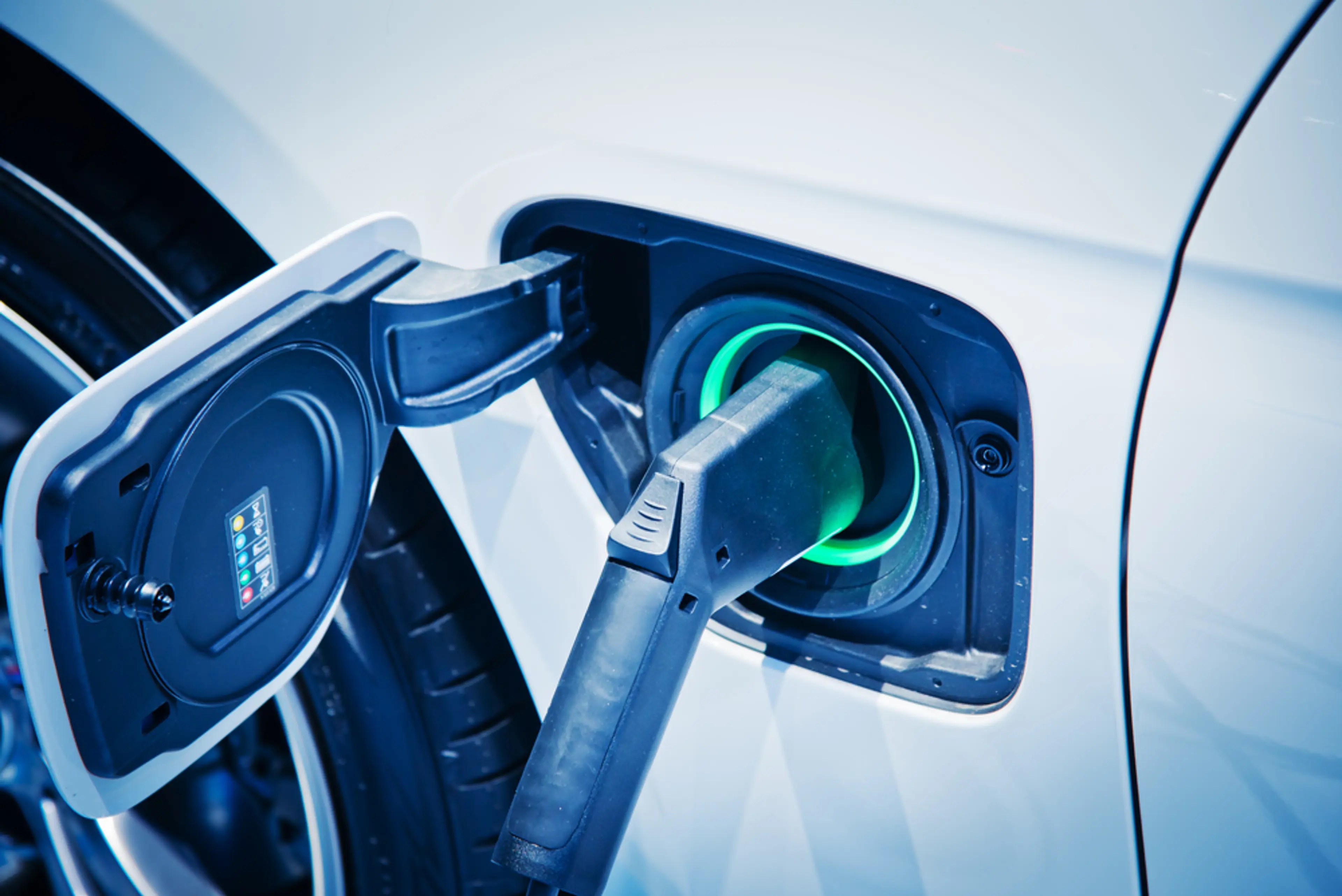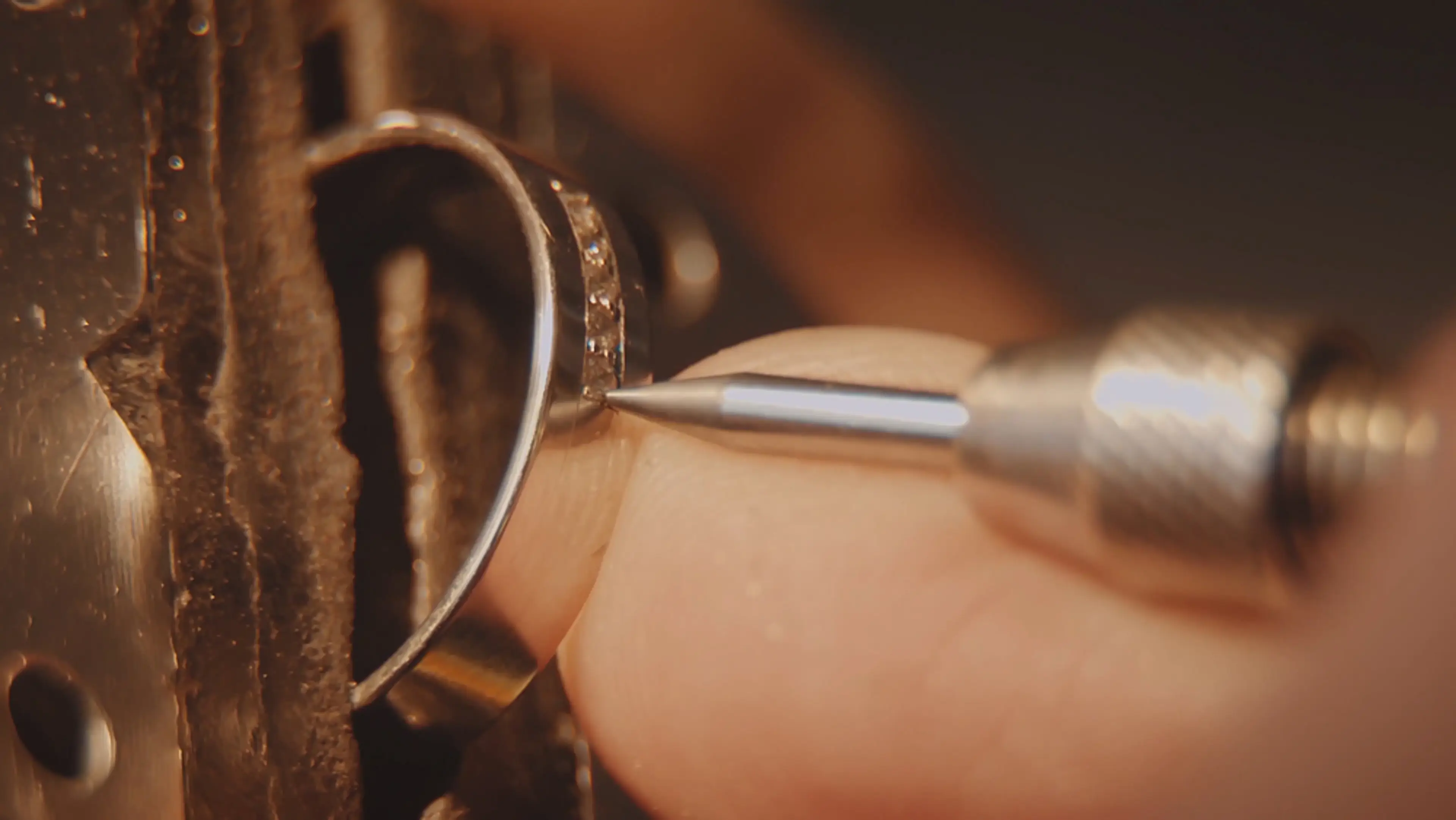
Automotive
1 Nov 2022
5 Min Read
Accelerating Modern Automotive Brands
Bentley. Rolls-Royce. Ferrari. Aston Martin. Porsche. Bugatti. Jaguar. Even license-less pedestrians know these names. The crème de la crème of luxury car manufacturers, all founded pre-1950s, well-established and well-loved. How can new automotive brands dial up their distinctiveness to compete when they can’t rely on heritage?
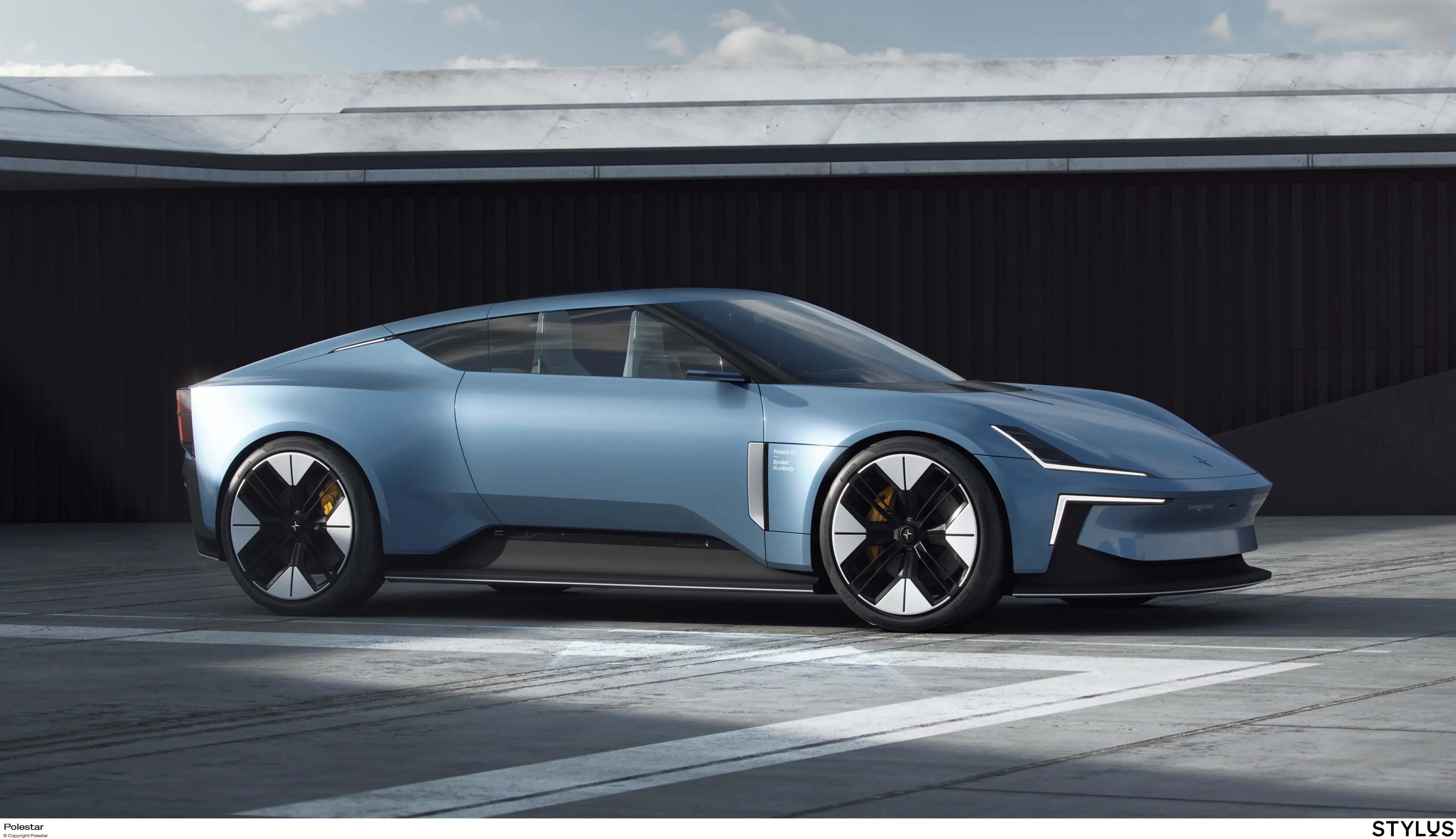
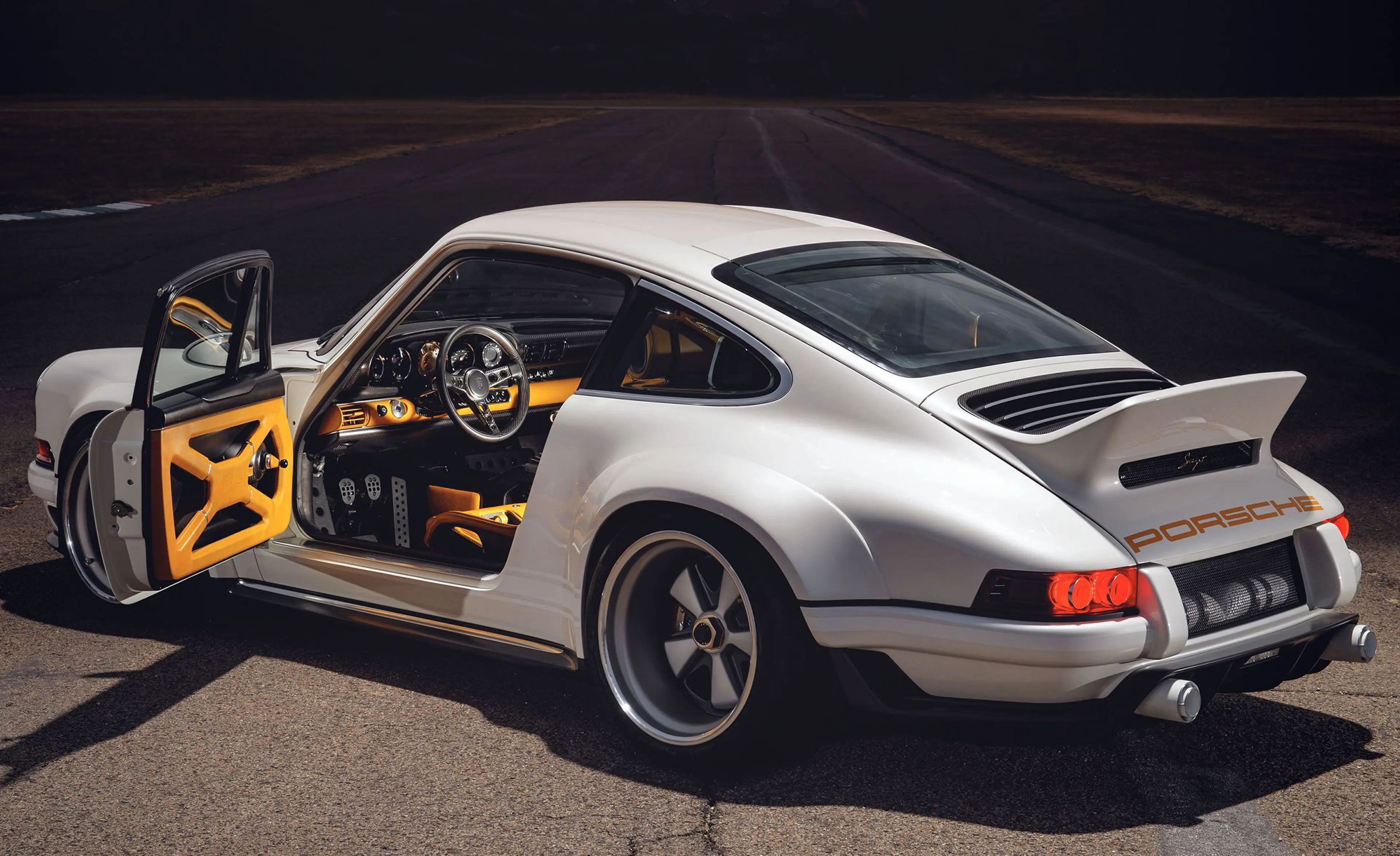
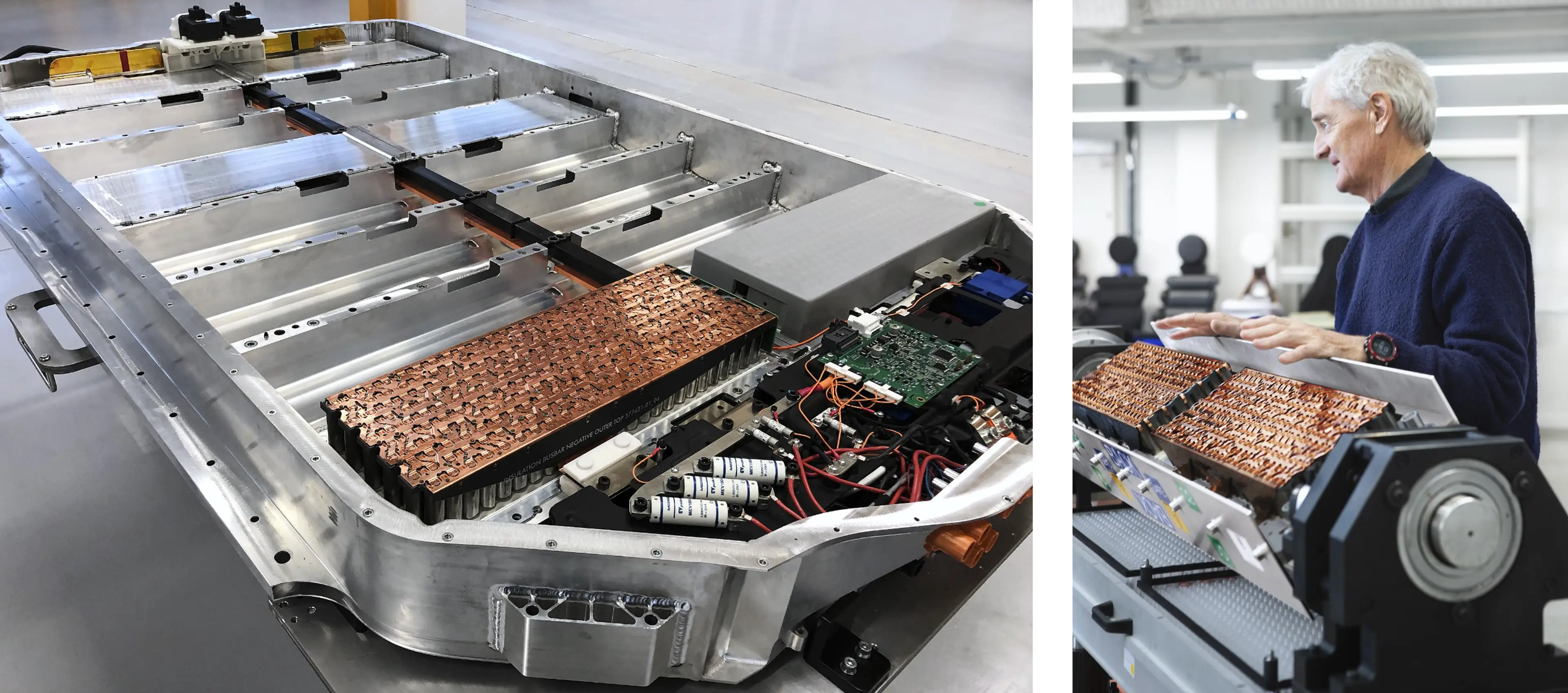
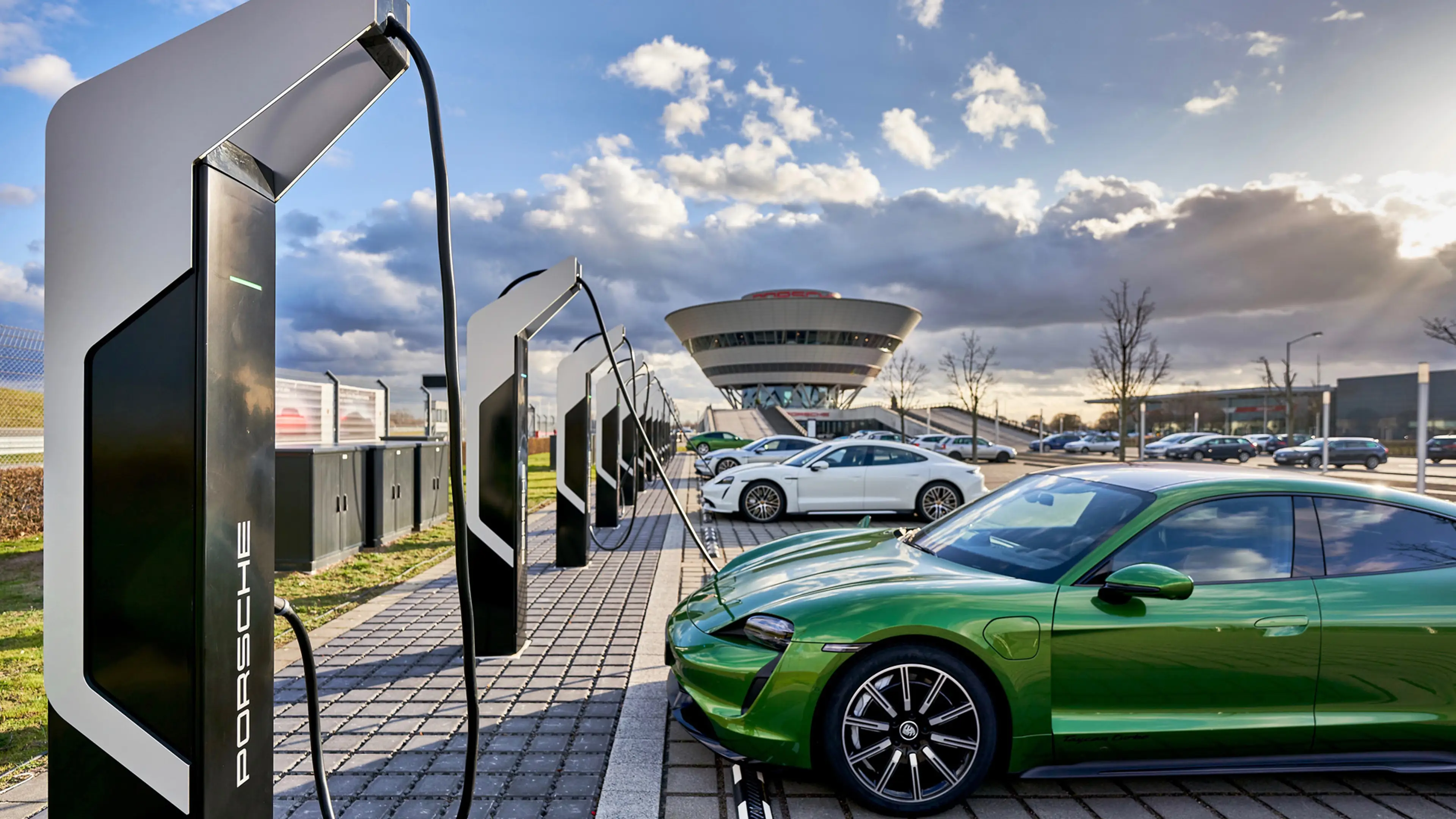
Design
Tech & Innovation
Brand & CX
Retail & Luxury Goods
Automotive




